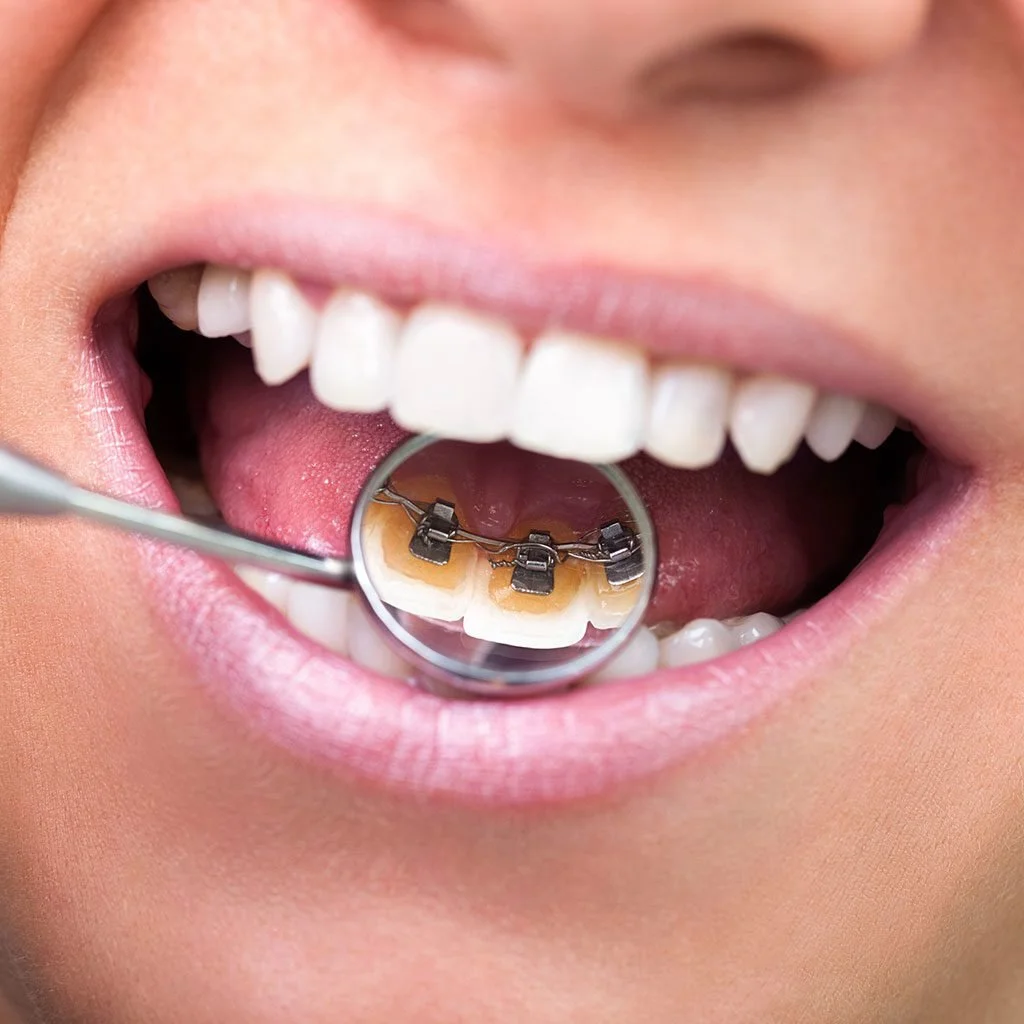Invisalign vs Lingual Braces: What Is the Difference
Introduction
So, you want braces. But there’s a problem: lingual brace types (attached to the back of your teeth) scare you, and Invisalign (clear plastic aligners) seems like too much trouble. What do you do? You choose traditional metal braces!
Like Invisalign and traditional braces, Lingual brace types are all types of orthodontic treatment that involve metal or clear brackets to straighten teeth.
The main difference between these three types of braces is how the wires and brackets attach to your teeth – with lingual brace types; your dentist attaches them to the inside of your teeth. In contrast, with Invisalign and traditional braces, the dentist attaches them on the outside.
Invisalign vs Lingual Braces Cost
While Invisalign is a type of lingual treatment, you must answer this question on a case-to-case basis because many factors can affect the cost of your orthodontic care. For example, straightening more teeth might make lingual braces more expensive than Invisalign. The reason for this is because it takes more brackets to treat teeth on the inside of your mouth, where there are no teeth to use as anchor points for the arch-wire. However, this difference in cost will only affect you if you need more than eight brackets (8 is the usual number for Invisalign treatment). The straightening of fewer teeth is what might make this treatment cheaper than Invisalign.
Invisalign vs Lingual Braces vs Traditional Braces
Traditional braces are the most visible type of orthodontic treatment because of the metal brackets they use to attach wires to your teeth. Lingual brace types are virtually invisible because they attach the same way as traditional braces, but on the inside of your mouth, where no one can see them. With Invisalign, you wear clear plastic aligners instead of metal brackets; these trays progressively straighten your teeth over time using the same basic technology as traditional braces.
Are braces painful?
The short answer: no. Now let’s explain in greater detail. Traditional braces are often less comfortable than other types of braces because it can take a bit longer for your mouth to adjust to the feeling. Once you get used to wearing braces, however, they will not be painful.
Lingual brace types are virtually pain-free, especially when compared with traditional braces.
In addition, Invisalign is even more comfortable than the lingual brace type because you don’t feel any pressure inside of your mouth while wearing them (unlike regular or lingual braces).
Invisalign vs Lingual Braces Cleaning and Care
The short answer: yes and no. Let’s explain what we mean by this and give a few examples of how different types of orthodontic treatment might affect your oral hygiene routine.
Traditional dental floss can easily slip around brackets on the front of your teeth; this means that the floss is not in direct contact with your teeth, making them harder to clean.
Lingual brace types also make it hard for dental floss to get in between your teeth because they attach to the inside of your mouth.
Invisalign has no brackets or wires, so you can use regular dental floss when brushing and flossing with these clear aligners in place.
Can you kiss with lingual braces?
Yes! These braces use the same small arch-wire technology to make your teeth move in the same way as an orthodontic treatment that uses brackets attached to the front (outside) of the teeth. Many patients say they can’t even feel when their braces are activated (when the arch-wire bends around your teeth). Lingual brace types do not prevent you from kissing or speaking typically, and you can eat all of the same foods as you could before treatment.
Conclusion
Traditional braces are generally less comfortable than lingual braces, but they allow you to see their progress more readily. In addition, lingual braces are virtually pain-free compared to traditional braces. However, some people might find wearing them uncomfortable at first because you cannot see how well they’re working.
Invisalign is even more comfortable because you can’t feel the aligner trays in your mouth. In addition, these clear plastic trays are easier to clean than traditional or lingual braces. Invisalign is like this because there are no brackets or wires.
Many factors affect how much it costs to get these orthodontic treatments. It would help if you asked this question on a case-by-case basis. While Invisalign is usually more expensive than lingual treatment, this might not always be the case if needed adjustments cost less with one type of treatment over another. Lingual brace types might end up being cheaper in some cases because their placement inside the mouth requires more brackets (although this will only affect you when you need eight or more brackets). Overall, all three braces are more affordable than traditional metal braces, which are the most expensive orthodontic treatment.
While all three types of braces have their benefits, no one type is better than another because they treat your teeth the same way (making slight changes to your tooth position using clear aligners or brackets and wires). However, each type requires a different degree of commitment to wearing the trays or attaching the wires; this will depend on who you ask. For example, lingual braces might be best for someone who wants an inconspicuous orthodontic solution.
Traditional braces might be best for someone who wants to see how well they’re working overtime. Invisalign might be best for someone who wants to keep everything out of their mouth. Having an unmistakable smile might make it harder to communicate with others while wearing them. No matter which orthodontic treatment you choose, remember that braces are not permanent. If you don’t like how your teeth look when the treatment is complete, you can permanently remove them with braces.

